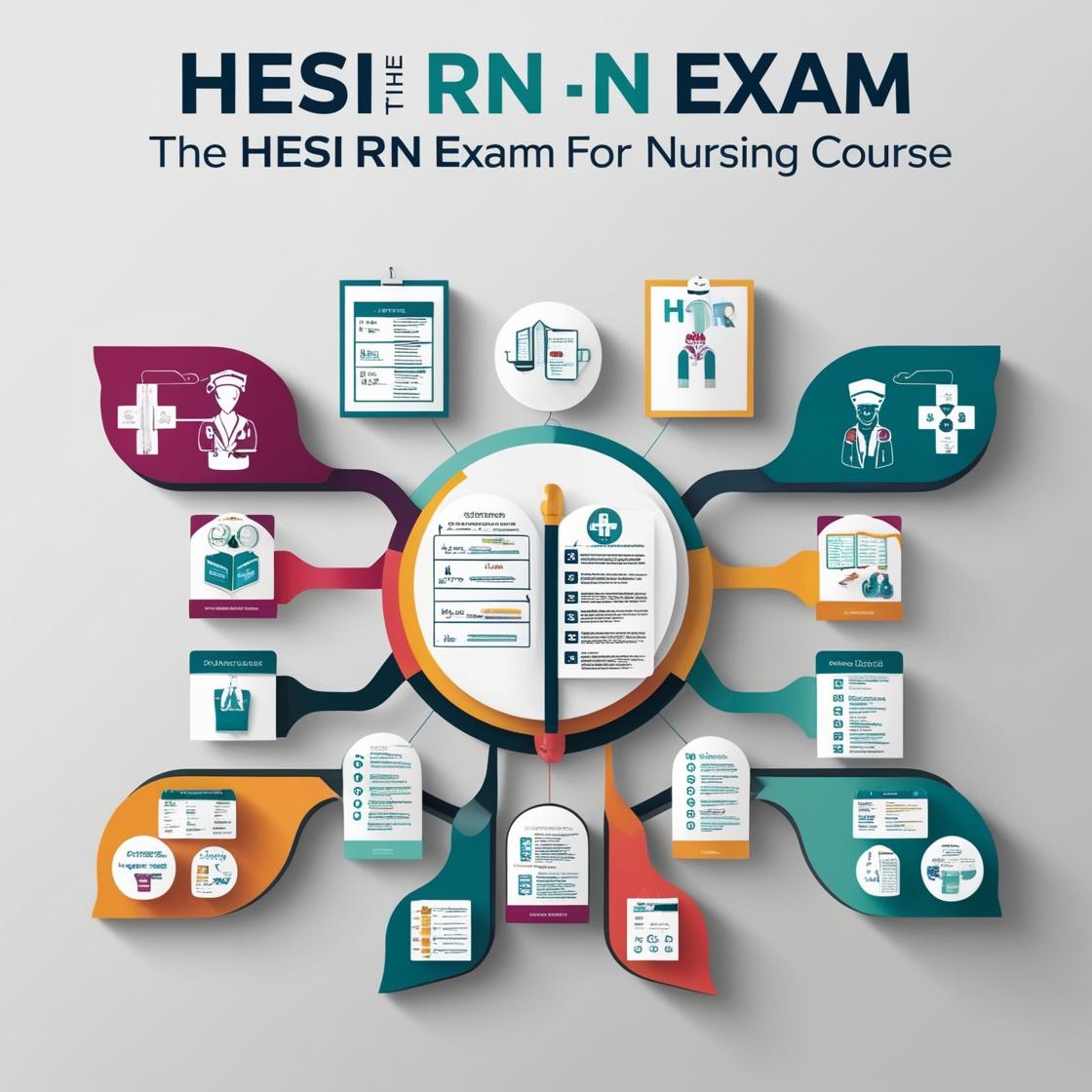HESI RN
HESI RN CAT Exit Exam 1
1. A client with a small bowel obstruction is experiencing frequent vomiting. Which instructions are most important for the nurse to provide to the unlicensed assistive personnel (UAP) who is completing morning care for this client?
- A. Maintain a quiet environment
- B. Ensure the linens are clean and dry
- C. Place an air deodorizer in the room
- D. Measure all emesis accurately
Correct answer: D
Rationale: The correct answer is D, 'Measure all emesis accurately.' When a client with a small bowel obstruction is experiencing frequent vomiting, measuring emesis accurately is crucial for monitoring fluid balance and preventing dehydration. Choice A, 'Maintain a quiet environment,' while important for patient comfort, is not as critical as accurately measuring emesis. Choices B and C, 'Ensure the linens are clean and dry' and 'Place an air deodorizer in the room,' focus on environmental factors that, although helpful, are not as essential as monitoring the client's fluid balance in this situation.
2. Which assessment finding should indicate to the nurse that a client with arterial hypertension is experiencing a cardiac complication?
- A. Complaints of an occipital headache
- B. A palpable dorsal pedis pulse bilaterally
- C. Complaints of shortness of breath on exertion
- D. A blood pressure of 160/90
Correct answer: C
Rationale: The correct answer is C, complaints of shortness of breath on exertion. This symptom is indicative of heart failure, a common cardiac complication of arterial hypertension. Shortness of breath on exertion is often due to the heart's inability to pump effectively, leading to fluid buildup in the lungs. Choices A, B, and D are incorrect because complaints of an occipital headache, a palpable dorsal pedis pulse bilaterally, and a blood pressure of 160/90 do not specifically indicate a cardiac complication in a client with arterial hypertension.
3. Which action should the nurse include in the plan of care for a client who is receiving acyclovir (Zovirax) IV for the treatment of herpes zoster (shingles)?
- A. Initiate cardiac telemetry monitoring
- B. Maintain continuous pulse oximetry
- C. Perform capillary glucose measurements
- D. Monitor serum creatinine levels
Correct answer: D
Rationale: The correct answer is to monitor serum creatinine levels. Acyclovir can potentially impact kidney function, making it essential to monitor serum creatinine levels to assess renal function. Option A, initiating cardiac telemetry monitoring, is not directly related to acyclovir administration for herpes zoster. Option B, maintaining continuous pulse oximetry, is more relevant in assessing respiratory status rather than monitoring for acyclovir-related side effects. Option C, performing capillary glucose measurements, is not directly associated with acyclovir therapy for herpes zoster.
4. When caring for a laboring client whose contractions are occurring every 2 to 3 min, the nurse should document that the pump is infusing how many ml/hr?
- A. 42
- B. 50
- C. 60
- D. 70
Correct answer: A
Rationale: To calculate the infusion rate, we first need to determine the frequency of contractions per hour. If contractions are occurring every 2 to 3 minutes, this corresponds to 20 to 30 contractions in an hour (60 minutes). The average is 25 contractions in an hour. The pump should be infusing 1 ml for each contraction, so the infusion rate should be 25 ml/hr. Therefore, the correct answer is 42 ml/hr. Choices B, C, and D are incorrect as they do not align with the calculation based on the given data.
5. When obtaining an admission history for a client who is at 9 weeks gestation, the client states, 'I had a miscarriage 2 years ago.' Which information is most important for the nurse to obtain?
- A. How long was your previous pregnancy?
- B. How long did it take for you to become pregnant after your miscarriage?
- C. Was your miscarriage during the first trimester?
- D. Do you have any children now?
Correct answer: A
Rationale: The correct answer is A. Understanding the duration of the previous pregnancy helps assess the client's obstetric history. Choice B focuses on the time it took to conceive after the miscarriage, which is less relevant at this point. Choice C asks about the timing of the miscarriage rather than the duration of the previous pregnancy. Choice D inquires about the current status of having children, which is not directly related to the client's obstetric history.
Similar Questions

Access More Features
HESI RN Basic
$69.99/ 30 days
- 50,000 Questions with answers
- All HESI courses Coverage
- 30 days access @ $69.99
HESI RN Premium
$149.99/ 90 days
- 50,000 Questions with answers
- All HESI courses Coverage
- 30 days access @ $149.99
